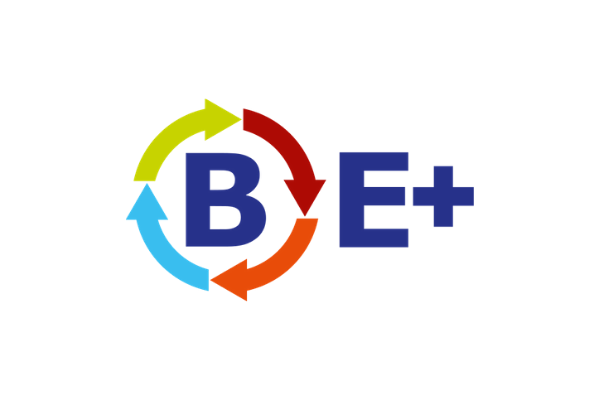Tips for getting started
Establishing a supportive environment within the school is crucial for the success of an Erasmus+ project. This involves fostering a culture of openness, cooperation, and intercultural awareness within the school community. By cultivating an environment that values international collaboration, teachers, students, and staff will be more motivated to participate actively and contribute effectively to the project’s objectives.


